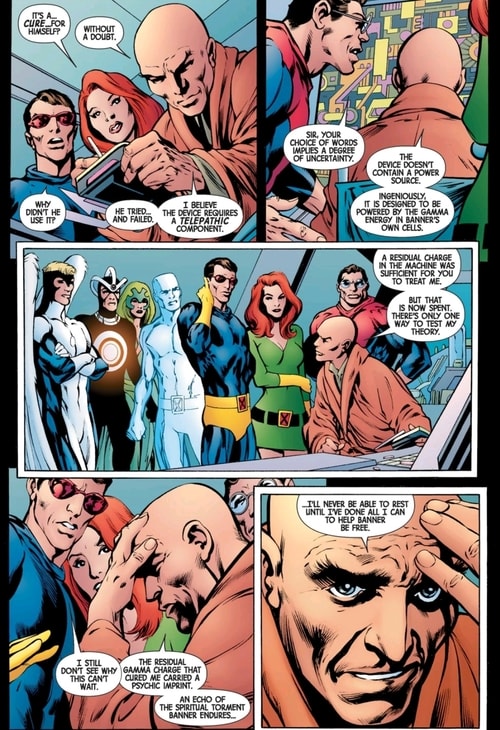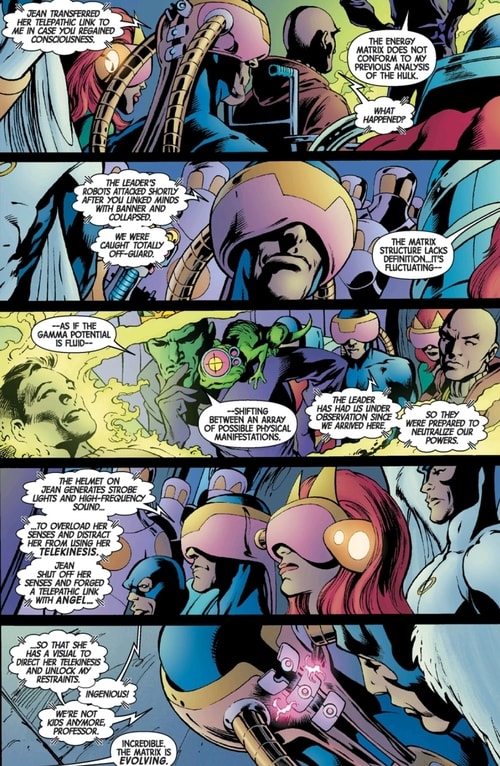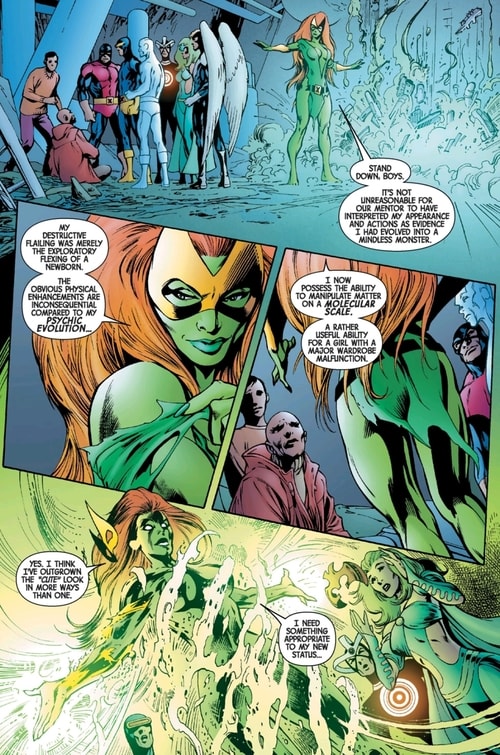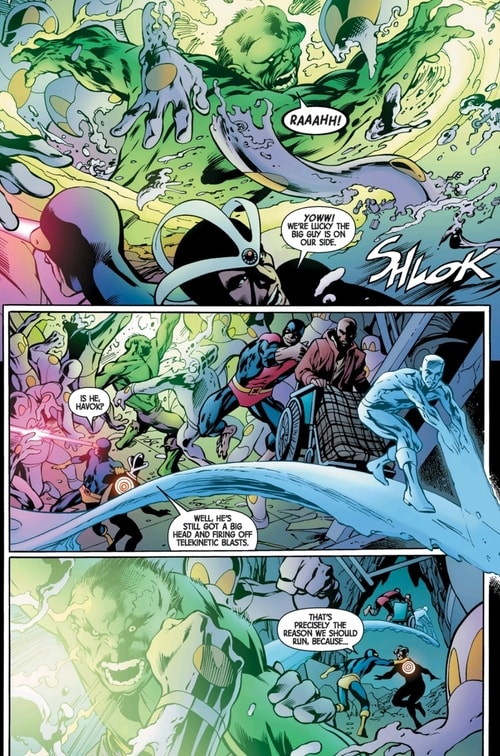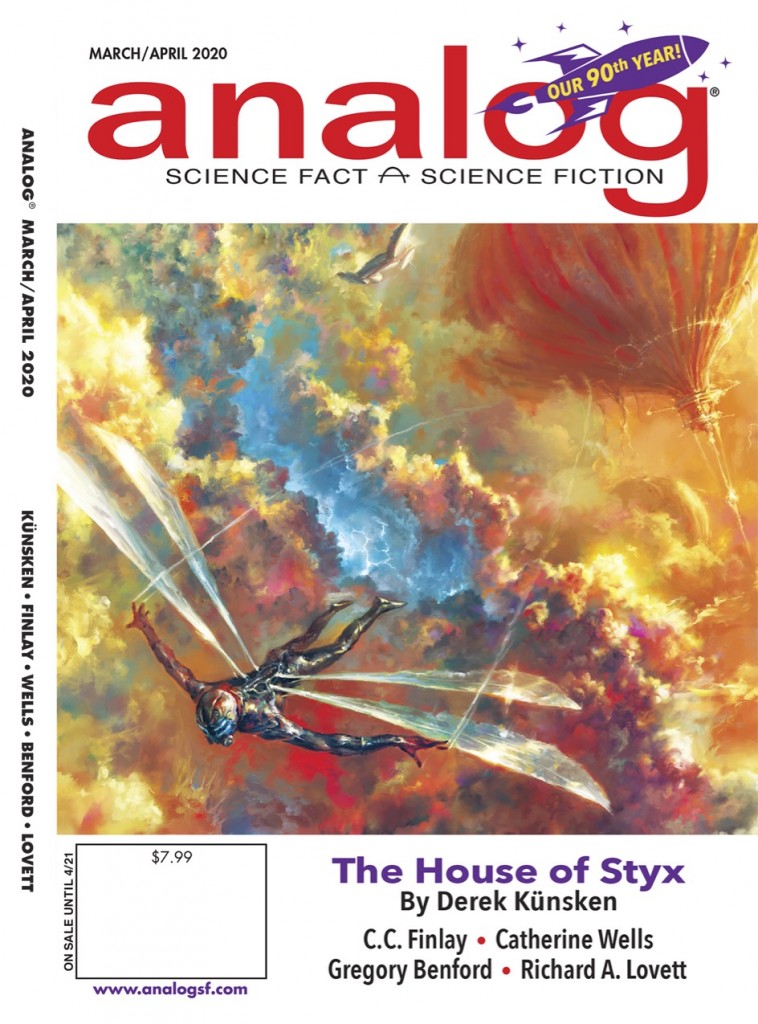Uncanny X-Men, Part 9: Filling in the Corners of the Original X-Men with Savage Hulk #1-4
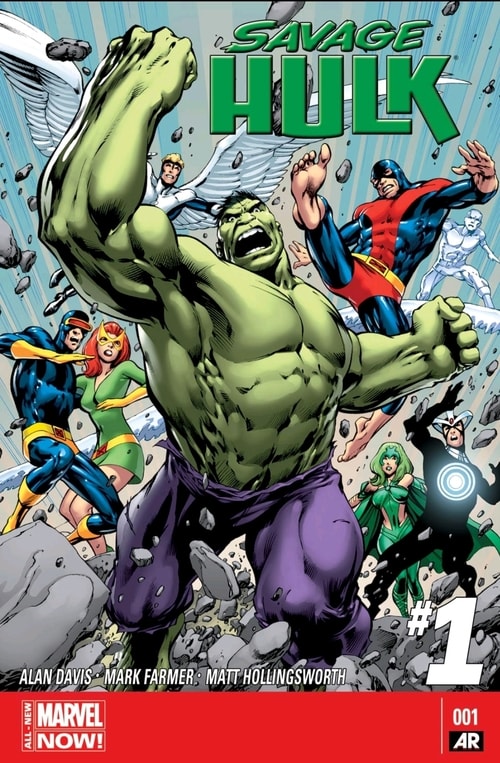
Welcome to the 9th episode of my reread of the vast X-Men story that began in 1963. The X-Men series stopped putting out original stories in early 1970, due primarily to low sales; it was a reprint magazine from issues #67–93, cover dated December 1970 to April 1975, until the beginning of the Claremont and Cockrum run in issue #94.
I’m going to go through their early Bronze Age appearances in coming blog posts, but for story continuity purposes, I’m also reading issues created in contemporary times but fitting into that 5-year dead period, like I covered for the original X-Men in X-Men: First Class.
So this time I read the 2014 series Savage Hulk, by writer/penciller Alan Davis, inker Mark Farmer and colorist Matt Hollingsworth.
You’ll recall that in my last post, the X-Men series had a fantastic finish with the return of Professor X and saving the Earth from the Z’Nox, but then for some reason limped on with an off-theme story involving a forgettable encounter with the Hulk. Davis brings us back to that time to open up the implications of that story, adding a lot more complexity.
I’m not a huge Hulk reader. I liked him quite a bit with Dr. Strange, Nighthawk, Hellcat and Valkyrie (see my post on The Defenders), and I love Al Ewing’s version of him in The Immortal Hulk, which I blogged about here.
So this Hulk series kicks off with the X-Men. Professor X has been cured of the mental damage he suffered in fighting off the Z’Nox, but the device the X-Men got from Bruce Banner in X-Men #66 could help Banner be cured too. So the Prof and the X-Men go to try to save Bruce Banner from his Hulk curse.
I gotta say right out of the gate, the art is fantastic. I was always a Davis/Farmer fan, since I’d originally read their work in the early 1990s and late 1980s on Uncanny X-Men and Excalibur. They channel the litheness and energy of Neal Adams’ work, and the highly detailed facial expressions.
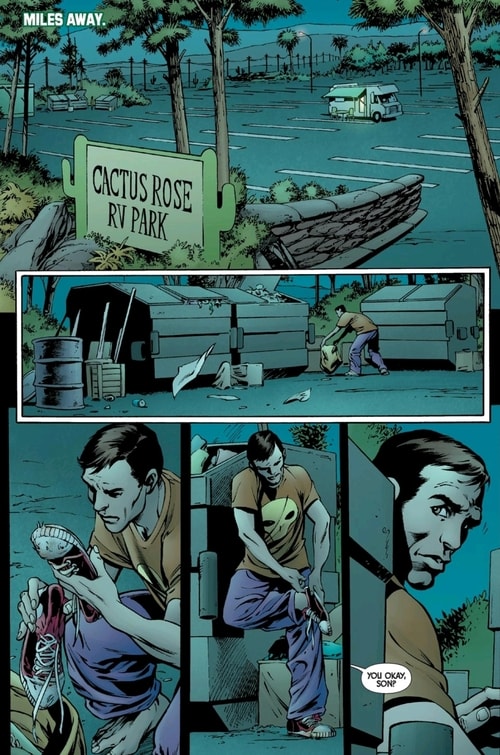
But the writing is emotive too. The pathos of Banner’s curse is vividly written in issue #1 and carried on, as are the antagonists that orbit the Hulk, like the ever-pursuing army and gamma-powered enemies. See the above image of poor Banner dumpster diving.
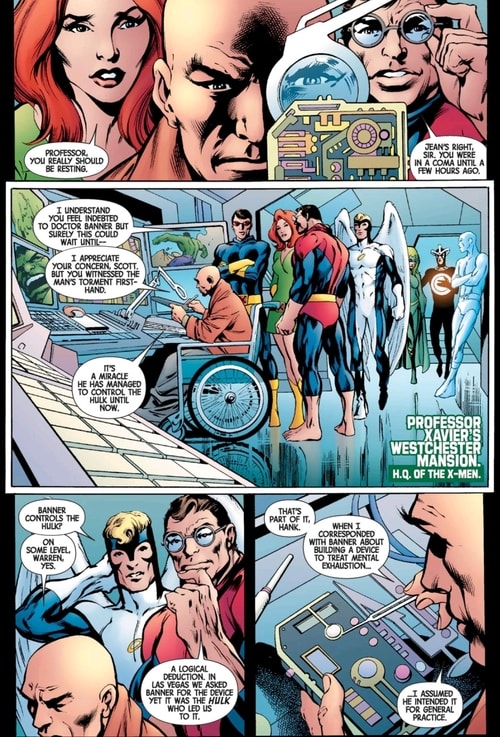
Plans of course don’t survive contact with the enemy, and the Leader and the Abomination are there to stymie their efforts. It’s a lot of fun seeing some of the ways the end of the X-Men series has affected them. The X-Men have grown a lot without Professor X, so there’s some parent-children friction, some mutual doubt and new accommodation. It’s also great to see Havok and Polaris in action, two of my favorite X-Men.
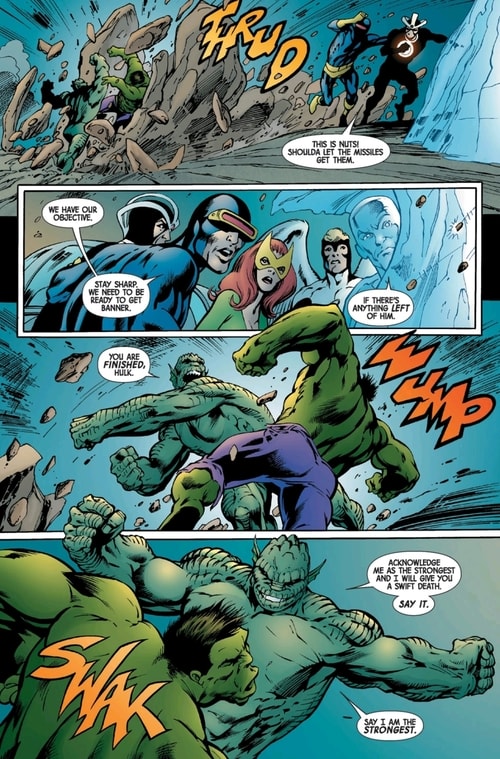
Jean is also a super-badass in these four issues, as she was in the X-Men: First Class. With moderate telepathy and telekinesis, she’s not the heaviest hitter, but the versatility of her power set is becoming smarter and more cunning. I believe that this first happened in issue #63 when Marvel Girl used a hypnotized Cyclops as a massive cannon, and in issue #66 when it was Jean who pacified the Hulk. She displays similar creativity here, finding them a way out of captivity and picking soft targets on the Abomination for Cyclops. It’s satisfying.
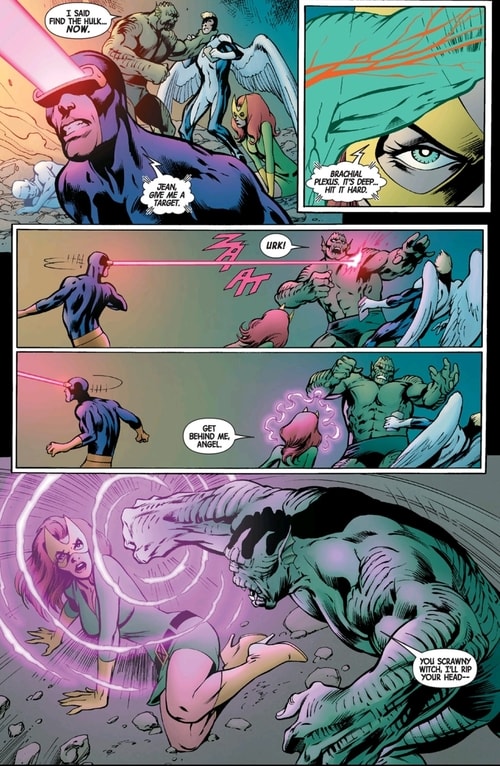
Some surprising things also happen to Jean too. For a time, she hulks out as a reaction to gamma-hand-wavy-cough-cough-gamma-telepathy. And the reaction by the X-Men is as priceless as Professor X’s is condescending.
It quickly turns out that Jean ain’t dumb and hulky. Gamma augments what’s already inside. The Leader became super smart. Banner became super-angry. Jean became a gamma-powered psi in a nice nod to how the story will go from 1976-1980 with The Phoenix Saga.
There’s a similar throw-away line for Hank, who empathizes with Banner, saying how much it would suck to be trapped in an inhuman body. Give it time, Hank, give it time.We’ll be covering your misadventures in Amazing Adventures soon.
These 4 issues end the way they have to, for both a serialized story and one being told as a contained one in the past: the status quo is maintained, but the ride is good and the end feels are poignant.
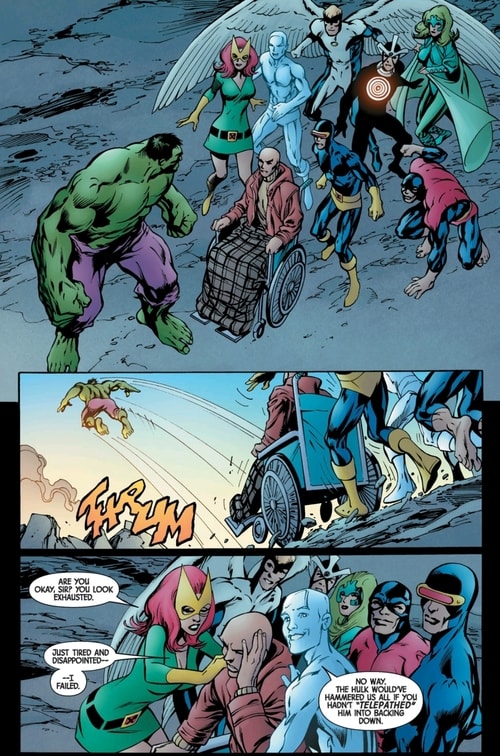
I’m really glad I tuned into this appearance of the X-Men in the past from one of my favourite, simpler periods, but written and drawn with the sophistication and tastes of modern comics. Check it out if you’re a Marvel Unlimited subscriber.
I’m consulting my reading order list to see what’s next, but I’m pretty sure that sometime soon, I’ll be revisiting John Byrne’s X-Men : The Hidden Years. Stay tuned!
If you want to catch up on any of my other posts about the X-Men, they’re below:
- Part 0: A Fresh Look at X-Men Continuity: Ed Piskor’s Grand Design
- Part I: Introducing The Strangest Super-Team of All: Uncanny X-Men #1 (Nov 1963) to #20 (May 1966)
- Part II: Early Guest Appearances (1964-65), Uncanny X-Men #21-23 (1966), and X-Men: First Class Volume I (2006)
- Part III: X-Men: First Class, Volume II (2007) and First Class Finals
- Part IV: Uncanny X-Men #24-39: The Middle Years of the Original Team
- Part V: Uncanny X-Men #40-48: Death and Separation
- Part VI: Uncanny X-Men #49-53: Reunion and Family and Steranko
- Part VII: Uncanny X-Men #54-58 — Havok and Neal Adams
- Part VIII: Uncanny X-Men #59-66: The Savage Land and the End of the Silver Age X-Men
- Part IX: Filling in the Corners of the Original X-Men with Savage Hulk #1-4
- Part X: John Byrne’s The Hidden Years #1-4
- Part XI: Storm, the FF and Phoenix in John Byrne’s The Hidden Years
- Part XII: X-Men Guest Appearances in 1971-1972 and Hank gets Furry!
- Part XIII: Englehart’s Bronze Age Monster Horror – The Beast
- Part XIV: 1973 and 1974 – Magneto, the Hulk, Banshee and post-Watergate Captain America
- Part XV: 1974 and 1975 – The Last Tales of the Original X-Men
- Part XVI: Enter Wein, Claremont and Cockrum in 1975
- Part XVII: 1976 — Sentinels in Space and the Rise of Phoenix
- Part XVIII: Juggernaut and Magneto — For the Very First Time
- Part XIX: Phoenix, Firelord and the Imperial Guard
- Part XX: Iron Fist, Blame Canada and Some Strike-Outs
- Part XXI: Epic Magneto Triumph and more X-Men Death!
- Part XXII: 1978 — The Savage Land, Japan and Psionic Throwback Thursday!
- Part XXIII: 1979 — Chaos in Canada with Alpha Flight!
- Part XXIV: Arcade, Murderworld and their First King-Sized Annual
- Part XXV: The Proteus Saga and My First Comics!
Derek Künsken writes science fiction in Gatineau, Québec. His first novel, The Quantum Magician, a space opera heist, was a finalist for the Locus, Aurora and Chinese Nebula awards. Its sequel, The Quantum Garden is on sale now. His third novel, The House of Styx, has just been announced jointly by Solaris Books and Analog Science Fiction and Fact who will be publishing it in hardcover and serial form, respectively. The serialized version hit stands last month with this amazing cover!
